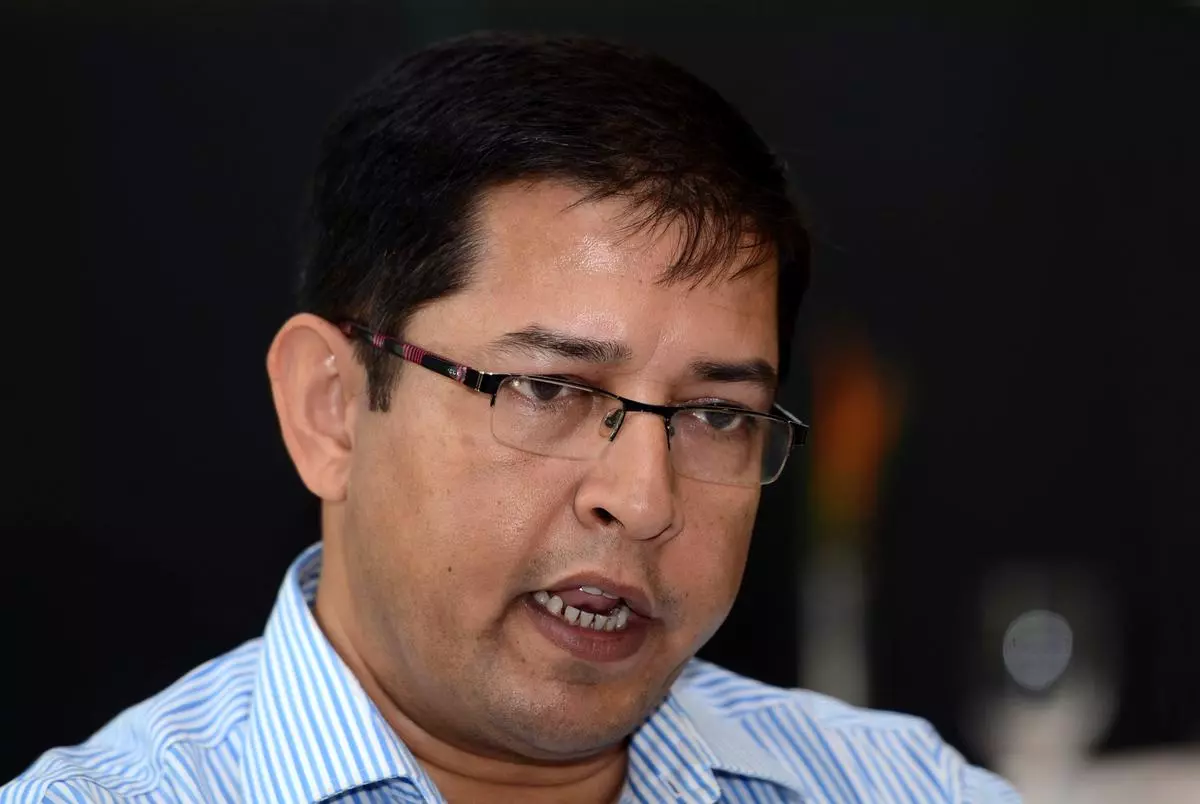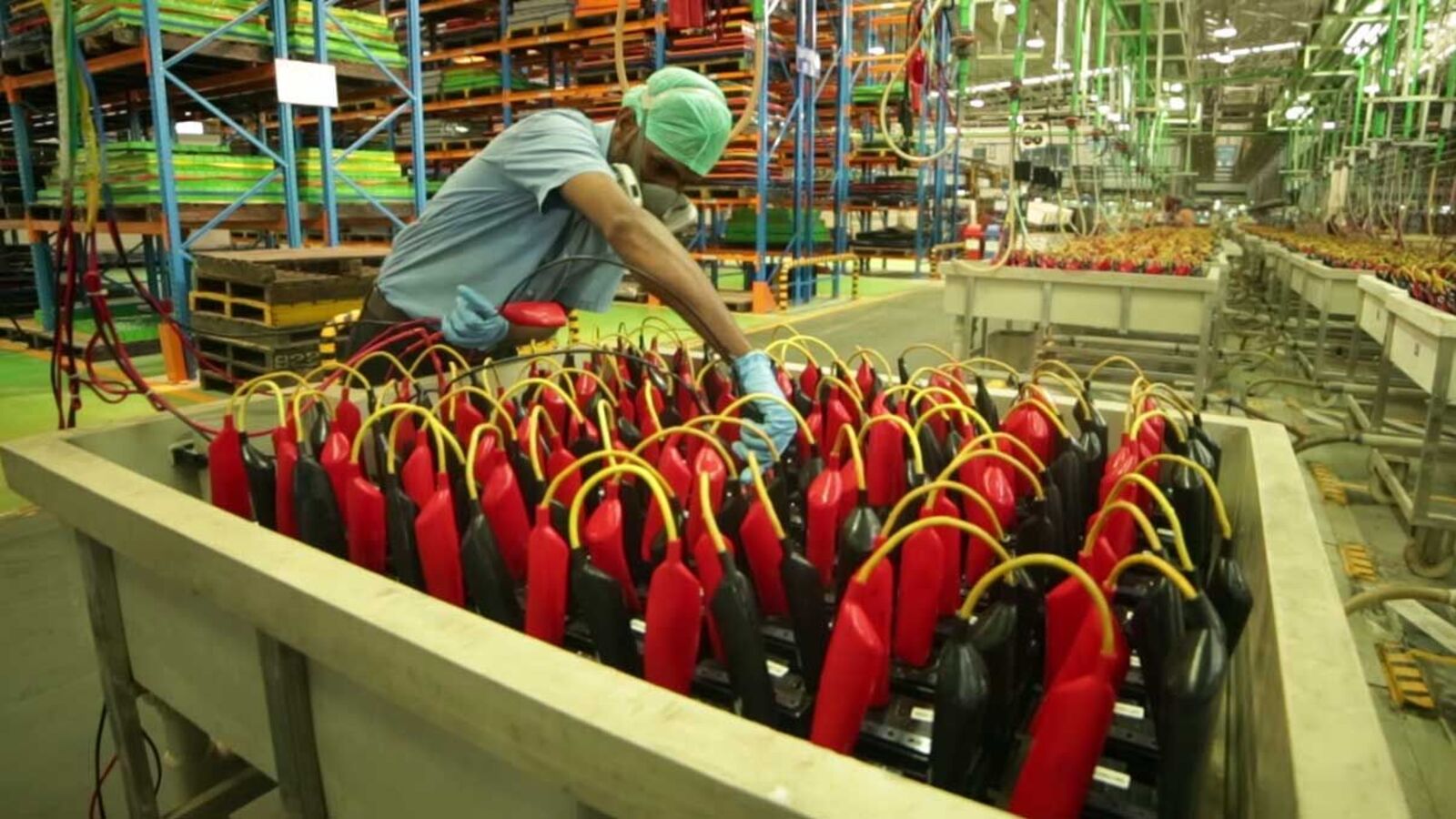India Adds Record 10 GW of Solar Capacity in Q1 2024
By Arun Joshi
May 23, 2024
The surge in installations was driven by the commissioning of several delayed projects.
 India achieved a milestone by adding over 10 GW of solar capacity in the first quarter (Q1) of 2024, the highest quarterly installation to date. This figure represents an almost 400% year-over-year (YoY) increase compared to the over 2 GW installed in Q1 2023, according to the recent Q1 2024 India Solar Market Update from Mercom India Research.
India achieved a milestone by adding over 10 GW of solar capacity in the first quarter (Q1) of 2024, the highest quarterly installation to date. This figure represents an almost 400% year-over-year (YoY) increase compared to the over 2 GW installed in Q1 2023, according to the recent Q1 2024 India Solar Market Update from Mercom India Research.
Quarter-over-quarter (QoQ) capacity additions also surged 414% from nearly 2 GW in Q4 2023.
In Q1 2024, India installed 9.7 GW of large-scale solar capacity, which included 1.8 GW from open access solar projects. This represents a 524% QoQ increase and a nearly 534% YoY rise.
“The surge in installations in Q1 2024 was driven by the commissioning of several delayed projects that had received extensions in previous quarters due to high module prices. Falling module prices and suspending the Approved List of Models and Manufacturers (ALMM) order enabled developers to import modules at lower costs, facilitating project completions,” said Priya Sanjay, Managing Director, Mercom India.
Many projects were commissioned early to take advantage of the ALMM order suspension. Granting grid connectivity to projects previously stalled in the Great Indian Bustard habitat also contributed to the record-breaking installations.

“There is a substantial pipeline of large-scale projects scheduled for 2024, positioning India for a record-breaking year by a significant margin. Assuming stability in policy and supply chains, and if government agencies continue to auction projects and meet the set targets, India is poised to be among the top three solar markets globally,” commented Raj Prabhu, CEO at Mercom Capital Group.
In Q1 2024, India added 15.2 GW of new power capacity, with solar power accounting for 66% of these additions.

Rajasthan and Gujarat led the large-scale solar installations, contributing 38% and 35% of the capacity additions, respectively, while Madhya Pradesh followed with 8%.
As of March 2024, India’s cumulative installed solar capacity reached 82 GW. Solar energy represented 18.5% of India’s total installed power capacity and 43% of the total installed renewable energy capacity.

Rajasthan had the highest cumulative installed large-scale solar capacity, accounting for 29% of the national total, followed by Gujarat and Karnataka at 14% each.
According to Priya Sanjay, Gujarat’s proactive approach to renewable energy, especially with residential solar and wind-solar hybrid power projects, enabled it to overtake Karnataka. “Gujarat’s foresight and supportive infrastructure and policies have attracted numerous large-scale projects.”
By the end of Q1 2024, India’s large-scale solar project pipeline stood at 143.3 GW, with an additional 93.1 GW of projects tendered and pending auction.
Project cost declines
The average cost of large-scale solar projects fell by 7% QoQ and 28% YoY, significantly improving the projects’ internal rate of return.
“The reduction in the average cost of large-scale solar projects is largely attributed to the falling prices of solar modules,” Priya Sanjay said.
During the quarter, tenders totaling 30.7 GW were announced, up 122% YoY and 92% QoQ. Additionally, 25 GW of solar projects were auctioned, a 229% QoQ increase and a 2,957% YoY rise.
Priya Sanjay noted that the surge in tendering activity was driven by agencies adhering to defined targets and timelines. Previously, delays in auctions and PPA signings deterred bidders as they led to funds getting locked up. However, streamlined auctions and attractive tariffs have revitalized the process, leading to quicker PPA signings and increased developer interest.
Inadequate transmission infrastructure and land acquisition delays could hinder timely project commissioning. Developers are racing to complete projects before the June 2025 ISTS charges waiver deadline. Rising land costs and scarce prime sites for solar could further complicate the landscape.
India Adds Record 10 GW of Solar Capacity in Q1 2024 - Mercom India

 www.thehindubusinessline.com
www.thehindubusinessline.com



















